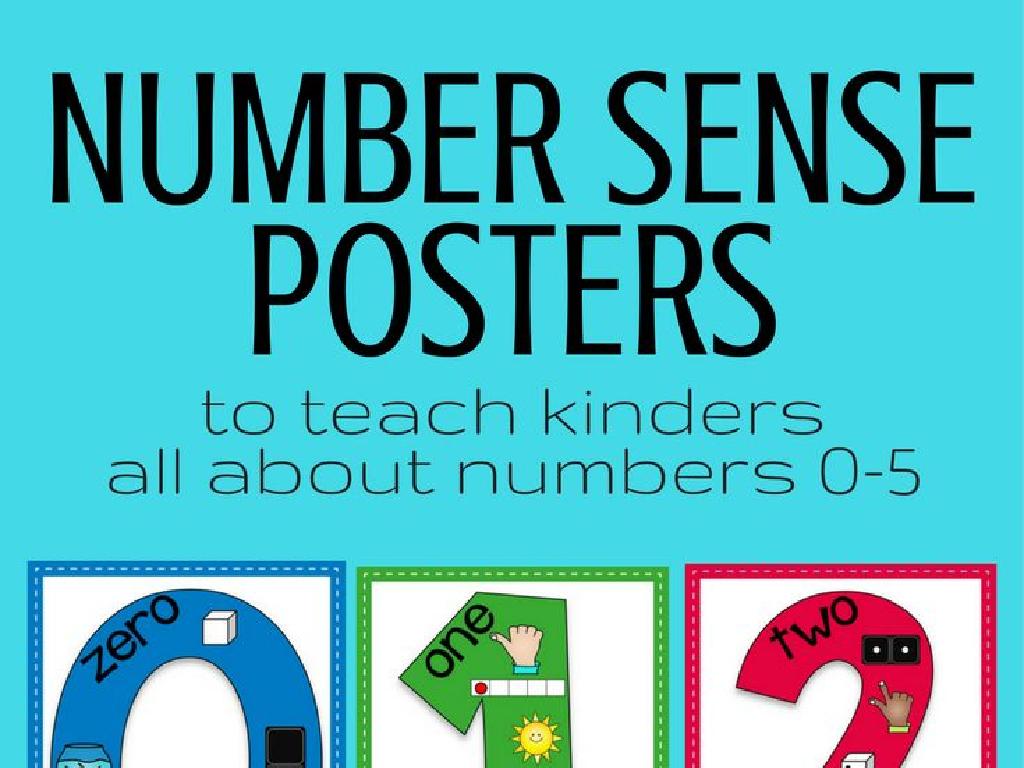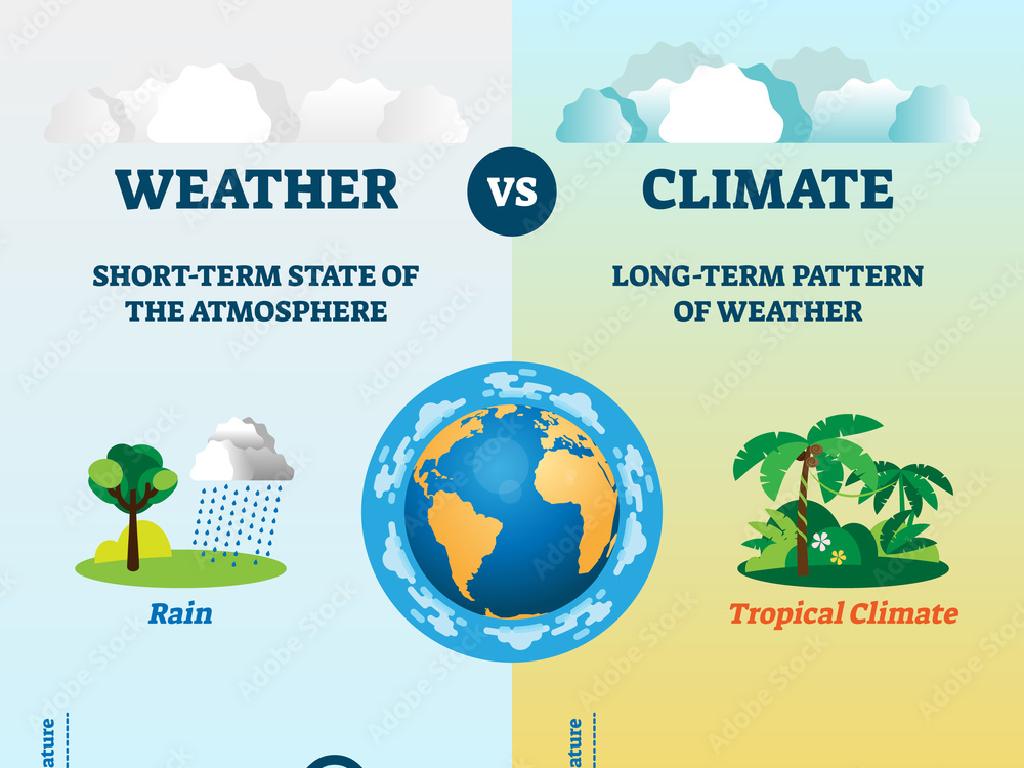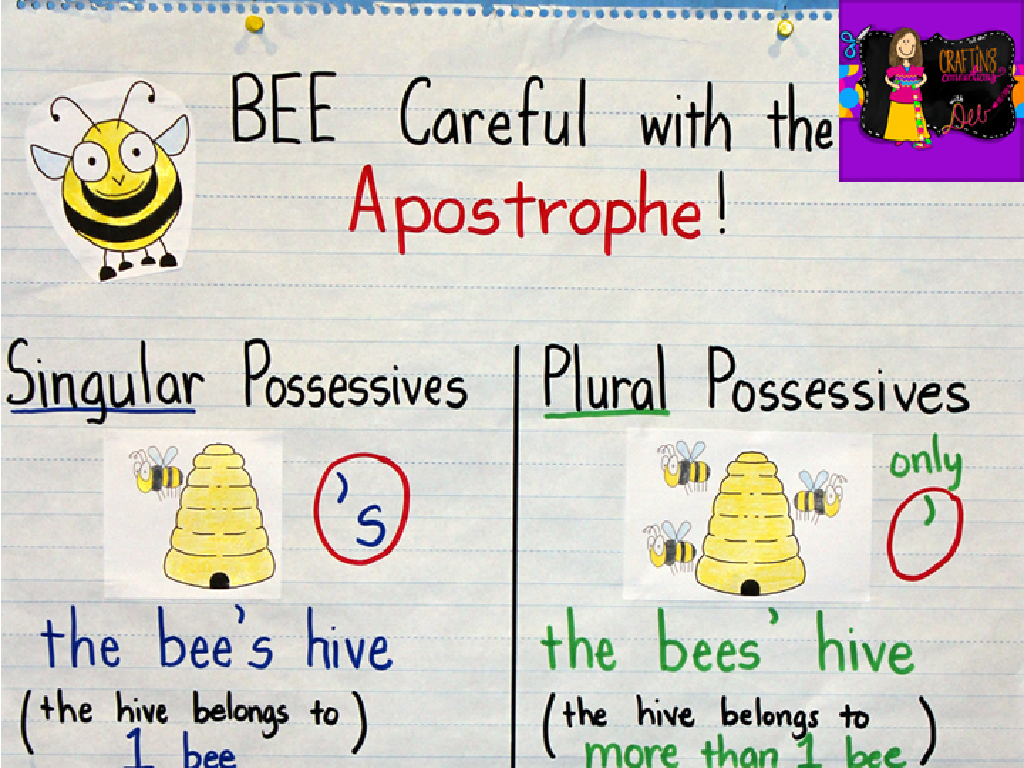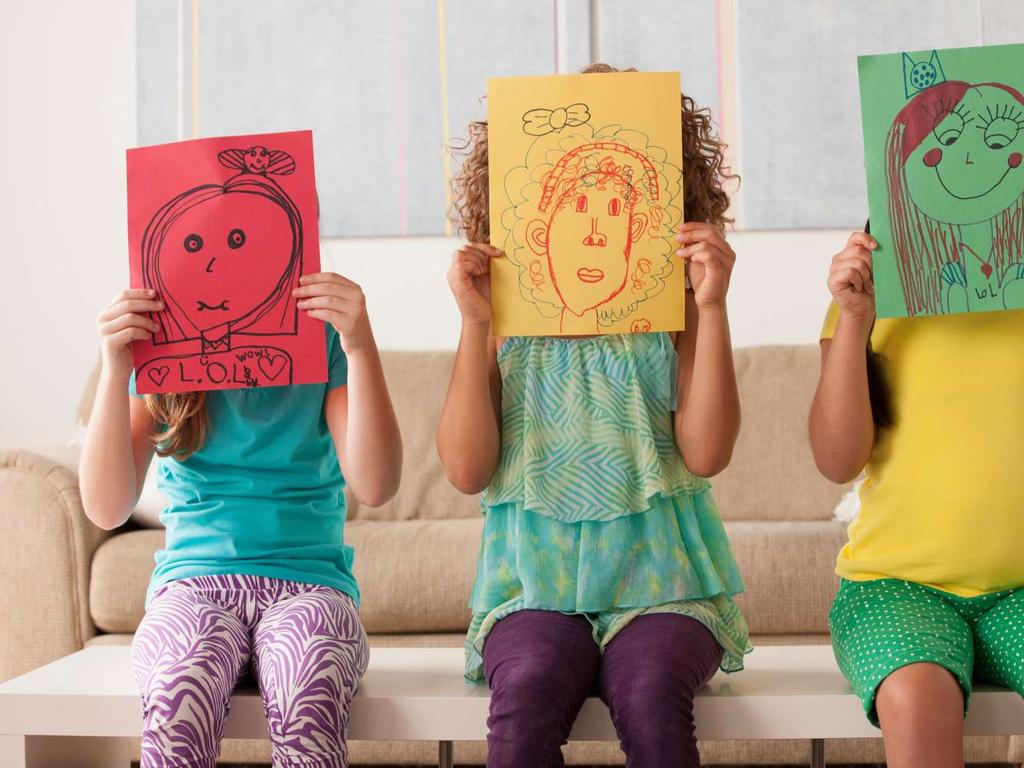Read Sight Words Set 8: Fast, Good, Him, Take, Will
Subject: Language arts
Grade: Kindergarten
Topic: Sight Words
Please LOG IN to download the presentation. Access is available to registered users only.
View More Content
Welcome to Sight Words!
– Today’s new sight words
– fast, good, him, take, will
– Why sight words matter
– They help us read smoothly and quickly.
– Fun activities ahead
– Practice makes perfect
– We’ll learn with games and songs!
|
This slide introduces kindergarteners to a new set of sight words: fast, good, him, take, will. Emphasize the importance of sight words in achieving reading fluency. Explain that recognizing these words without having to sound them out can make reading easier and more enjoyable. Engage the students with interactive activities such as word matching games, flashcards, and sing-alongs that incorporate the new sight words. Encourage repetition and practice, as familiarity with these words will greatly benefit their reading skills. Prepare a variety of activities to cater to different learning styles and keep the lesson dynamic and fun.
Sight Words Set 8: Learning to Read Faster!
– What are sight words?
– Words we often see that don’t fit regular rules
– Sight words can be tricky
– They don’t always sound the way we think!
– Memorize for smoother reading
– Knowing them helps us read without pausing
– Practice with set 8: fast, good, him, take, will
|
This slide introduces the concept of sight words to Kindergarten students, emphasizing their importance in developing reading fluency. Sight words are common words that appear frequently in text but may not follow standard phonetic rules, making them challenging for early readers to decode. By memorizing sight words, students can recognize them instantly, which helps in reading more smoothly and with better comprehension. Encourage the students to practice these words regularly. Activities can include flashcards, matching games, or finding these words in their favorite books. Reinforce the words ‘fast,’ ‘good,’ ‘him,’ ‘take,’ and ‘will’ through repetition and by using them in sentences to ensure understanding.
Meet Our New Sight Word Friends!
– Our new words: fast, good, him, take, will
– Let’s say the words together out loud
– Try using a word in a sentence
– Example: ‘He runs fast’ or ‘She is good at drawing’
– Practice makes perfect
– The more we use them, the easier it gets
|
This slide introduces five new sight words to the kindergarten class. Encourage the students to repeat the words after you to practice pronunciation. Then, ask the students to come up with their own sentences using any of the new words, providing assistance if needed. This activity helps with word recognition and understanding usage in context. For the teacher: be prepared with your own example sentences to guide the students if they are hesitant. Also, consider pairing students to practice or using the words in a song or story to make the activity engaging. Remember to praise their efforts to build confidence.
Learning Sight Words: ‘Fast’
– ‘Fast’ means moving quickly
– Example: Cheetah runs fast
– Like a car or a train zooming by!
– Practice saying ‘fast’
– Repeat after me: ‘fast, fast, fast!’
– Can you think of something fast?
– Maybe a rocket or an airplane?
|
Introduce the word ‘fast’ to the students by explaining that it describes something moving very quickly. Use the example of a cheetah, which is an animal known for its speed, to illustrate the meaning. Engage the class by having them repeat the word ‘fast’ multiple times to improve their familiarity with the word. Encourage the children to come up with their own examples of fast-moving objects to create a connection with the word. This interactive approach helps students to remember the sight word through association and repetition.
Learning the Sight Word: ‘Good’
– ‘Good’ means nice or well done
– It’s used to describe something positive
– Example: ‘Good job cleaning up!’
– Praise someone’s work or behavior
– Practice saying ‘good’
– Repeat after me: ‘good’, ‘good’, ‘good’
|
The slide introduces the sight word ‘good’ to the students, explaining its meaning and providing an example of its use in a sentence that is relatable to their daily experiences. Encourage the students to say ‘good’ out loud, reinforcing pronunciation and understanding. The teacher should emphasize the positive connotation of the word and provide additional examples if needed. During the lesson, the teacher can ask students to think of other instances where they could use the word ‘good’ or ask them to identify things in the classroom that are ‘good’. This interactive approach helps in memorizing the sight word and understanding its usage in context.
Sight Word Practice: ‘him’
– ‘him’ refers to a boy or man
– Use ‘him’ when talking about a male person
– Example: ‘Give the ball to him.’
– Helps understand who receives an action
– Practice saying the word ‘him’
– Repeat the word together as a class
|
The focus of this slide is to teach the sight word ‘him’ to Kindergarten students. Start by explaining that ‘him’ is a pronoun used when talking about a boy or a man. Use a simple and relatable example, such as ‘Give the ball to him,’ to illustrate its use in a sentence. Engage the class by practicing the pronunciation of ‘him’ together. Encourage the students to say the word out loud multiple times and use gestures to reinforce the meaning, such as pointing to a boy or a picture of a man when saying ‘him.’ This interactive approach helps students associate the word with its meaning and usage.
Learning the Sight Word: ‘Take’
– ‘Take’ means to get or go with something
– Example: ‘Please take one cookie’
– Shows how to use ‘take’ when receiving something
– Let’s all say ‘take’ together
– Helps with pronunciation and memory
– Practice using ‘take’ in a sentence
– Encourages sentence formation and understanding
|
Introduce the sight word ‘take’ by explaining it means to get or go with something. Use a simple and relatable example, like taking a cookie, to illustrate the word’s use in everyday situations. Engage the class by saying the word ‘take’ in unison to help with pronunciation and memorization. Finally, encourage the students to practice by using the word ‘take’ in their own sentences, which will aid in reinforcing their understanding of the word and how it fits into language. This interactive approach helps kindergarteners grasp the concept of sight words effectively.
Learning the Sight Word: ‘will’
– ‘will’ refers to the future
– It’s used to talk about things that haven’t happened yet.
– Example: ‘I will go to the park.’
– Use ‘will’ when talking about plans or promises.
– Let’s say ‘will’ together
– Practice makes perfect! Repeat after me: ‘will’.
|
The sight word ‘will’ is an important word that helps us talk about future events or actions. It’s a word that Kindergarten students will often come across in their reading and daily conversations. Start by explaining the concept of future tense to the students in a simple way, such as things that are going to happen. Use the example provided to show ‘will’ in a sentence that they can relate to, like going to the park, which is a familiar and exciting activity for them. Encourage the students to repeat the word ‘will’ after you several times to help them remember it. You can also use hand movements to indicate something coming up ahead in time to give a physical representation of the future.
Let’s Play a Sight Words Game!
– Match sight words to pictures
– ‘Fast’ – find a fast object
– Like a car or a cheetah!
– Get ready to play and learn
– Match all new sight words
– Words: fast, good, him, take, will
|
This interactive game is designed to help Kindergarten students recognize and learn sight words through association with images. Display pictures of various objects and actions on the board. When the word ‘fast’ is shown, students should point to or pick up a picture of something fast, like a car or a cheetah. Repeat the activity with the words ‘good’, ‘him’, ‘take’, and ‘will’, using appropriate images for each. This activity not only reinforces word recognition but also comprehension as students connect words to meaning. Encourage participation from all students and provide positive feedback to boost their confidence.
Class Activity: Sight Word Hunt
– Search for hidden sight words
– Team up with a buddy
– Say each word you find
– Practice pronunciation as you find words
– Collect all sight words
– ‘fast’, ‘good’, ‘him’, ‘take’, ‘will’
|
This interactive activity is designed to engage Kindergarten students in learning sight words in a fun and dynamic way. Hide the sight words ‘fast’, ‘good’, ‘him’, ‘take’, ‘will’ around the classroom before the activity begins. Pair up the students so they can work together, fostering teamwork and communication. As they find each word, encourage them to say it out loud to reinforce their recognition and pronunciation. This activity also helps with their memory retention of the sight words. After the hunt, gather the students and review each word as a class, discussing the spelling and meaning. For variation, consider timing the activity or offering small rewards for finding all the words.
Great Job Today, Super Readers!
– Excellent work learning sight words!
– Practice at home with family
– Try using flashcards or word games
– We’ll read a story next class
– Look forward to an exciting storytime
– Sight words: fast, good, him, take, will
– Review: fast, good, him, take, will
|
Today’s class was a success with the students learning new sight words effectively. Encourage them to practice these words at home to reinforce their memory. Suggest to parents to use flashcards or word games for a fun learning experience. In the next class, prepare a story that includes these sight words to help students see them in context and understand their usage. This will also enhance their reading fluency. Remember to praise their efforts and progress to boost their confidence in reading.






